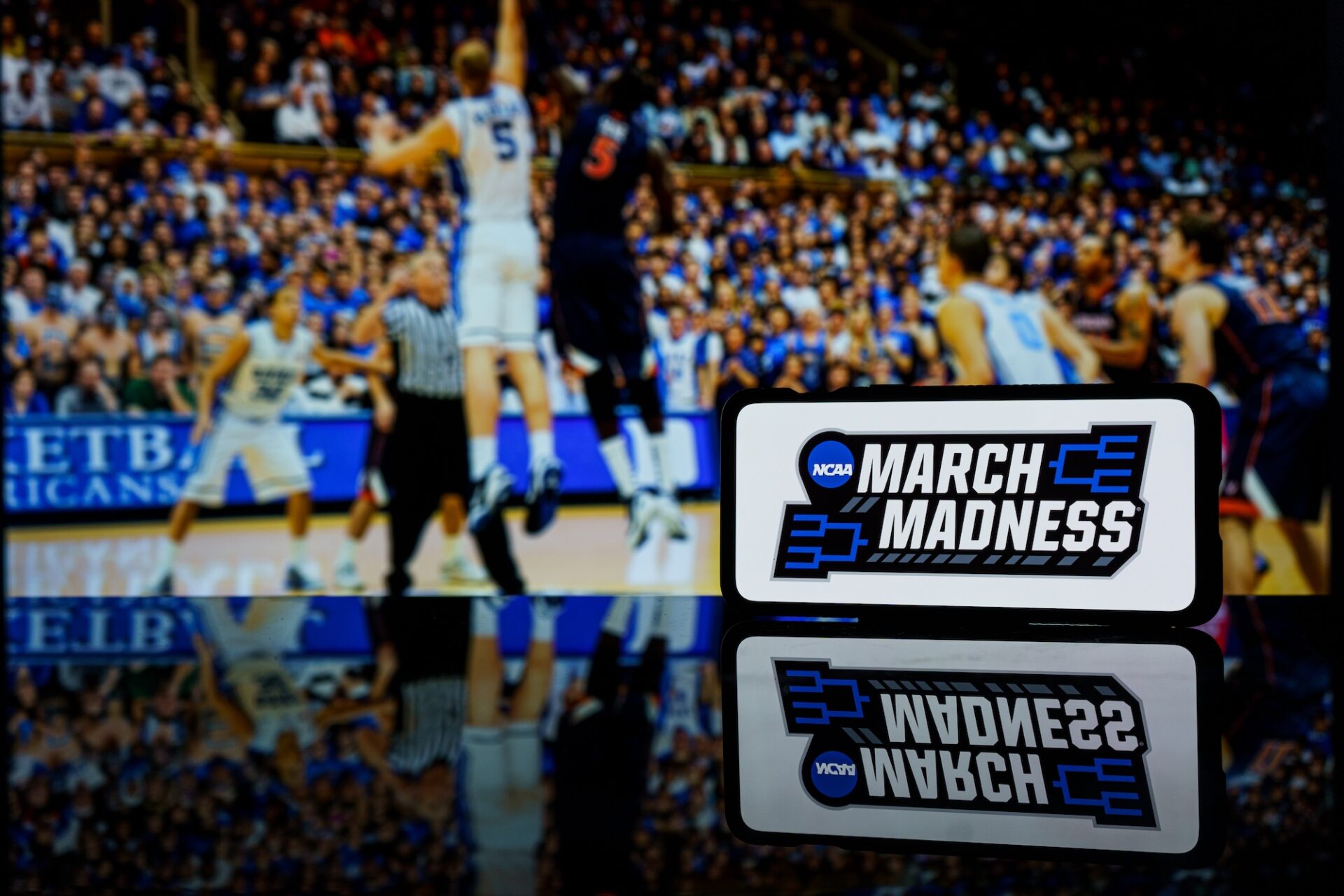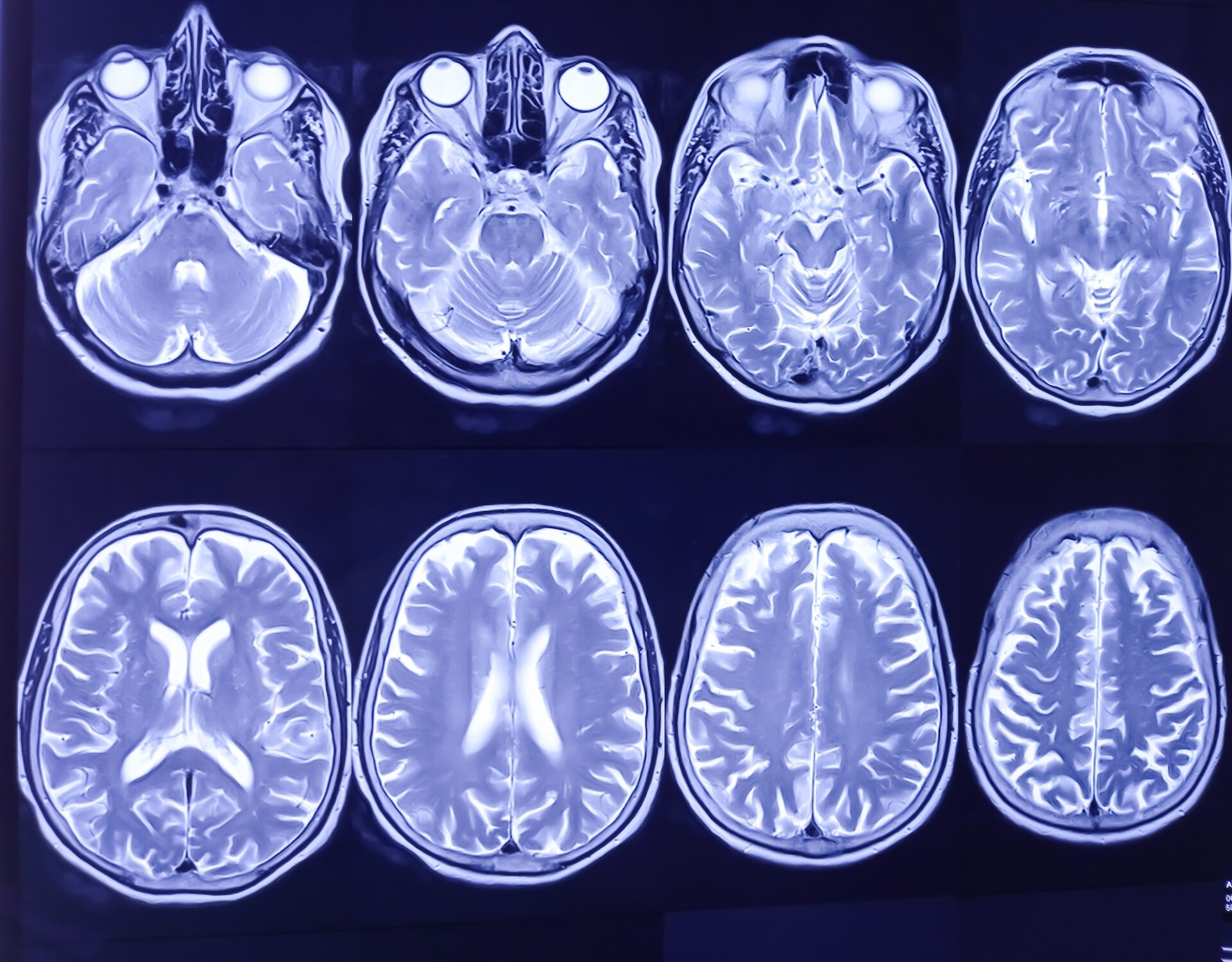What qualifies as “damages”?
Have you been injured in an auto collision due to someone else’s negligence? You may be entitled to compensation for the damages and losses resulting from the collision. Damages are defined as financial and non-financial losses resulting from the negligence of another. These losses may include medical bills, property damages, and other non-economic damages like pain and suffering.
What do pain and suffering damages look like?
Pain and suffering is defined as “the physical and mental distress suffered from an injury, including actual broken bones and internal ruptures, but also the aches, pain, temporary and permanent limitations on activity, potential shortening of life, depression and embarrassment from scarring, all of which are part of the ‘general damages’ recoverable by someone injured by another’s negligence or intentional attack.”
While pain and suffering may not always be tangible, there are ways to calculate its value. Insurance companies will use a myriad of methods to find an accurate estimate of pain and suffering. This requires a collection of all physical damages, plus medical bills.
How can you calculate pain and suffering damages?
In order to come to an accurate estimate, many lawyers and insurance companies will encourage the defendant to log and keep a record of everything. This can include anything from medical bills to psychological trauma. Your lawyer may advise you to document your level and consistency of pain resulting from your collision.
How can I prove pain and suffering damages?
In addition to your personal documentation of pain and suffering, compiling a list of certain physical documents from a professional can significantly improve your case settlement.
Some of the primary documents you need to collect are:
- A written, signed, or authorized document from a medical professional who can testify to the validity of your pain and suffering.
- Documentation of prescriptions from before and after your collision.
- Your personal written or oral statement regarding your pain and suffering. This type of documentation may be useful in a courtroom where the emotional effects of your suffering might sway a jury or judge in your favor. However, this method of documentation is not guaranteed to succeed.
- A testimony from your friends or family who have witnessed your pain and suffering firsthand.
Next Steps
Now that you have a general understanding of your rights as a victim of a collision, it’s time to put it into action. After any collision, your first step should be to contact a qualified personal injury attorney that you can trust. Your lawyer will help guide you through the necessary actions you must take for your case, specifically. Therefore, every case is different and must be reviewed and handled by a professional with your best interest in mind.
If you have been injured in an auto collision due to someone else’s negligence, contact Smith Injury Law. Richard Smith is dedicated to always fight for what is right. Call 864-300-HURT now and ask about a free, one-hour consultation.




